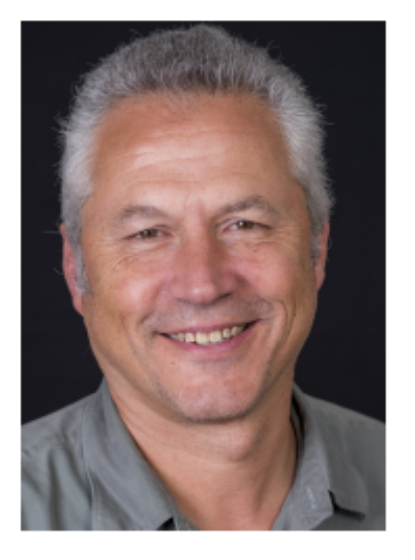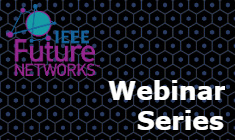Networked Electricity
Networked Electricity
Tuesday February 26th 11:00am EST | 10:00am CDT
Presenter
Bruce Nordman, Research Scientist, Lawrence Berkeley National Laboratory
Click here to add this event to your Google Calendar
REGISTER HERE
About the Webinar
Internet technology and cellular communications technology have transformed many aspects of how we communicate, and caused us to consider and do things in ways not previously possible or for many even imaginable. 5G and other technology will take us further down this path. Every device that communicates by definition consumes electricity. As we advance communications technologies with new concepts and capabilities, it makes sense to do the same for electricity.
Local Power Distribution (LPD) is a “network model of power”, organized from the bottom-up into nanogrids that can be networked to each other, local generation, and a utility grid. A nanogrid controller contains a battery and provides power to attached end-use devices. The controller establishes a local price that influences device operation, management of internal storage, and exchanges of power with other controllers, sources, and the grid. All power connections are digitally managed and plug-and-play. LPD is intended for all application contexts, whether a utility grid is present always, never, or intermittently.
Future communications devices will exist in a variety of power contexts, from those that are stand-alone but grid-connected, stand-alone without a grid connection, or internal to a building with power available from that building. Many of these may be connected to local renewable generation, and for reliability and other purposes, all will include at least some amount of energy storage. In some countries, grid power is routinely unreliable. A generic technology solution which allows for base stations to automatically adapt to any and changing power contexts can reduce costs, increase efficiencies, improve performance, and enable more use of renewables and storage. It can also enable more graceful system degradation when power is in short supply.
As with Internet technology, we not only want new electrical technology to operate in different ways internally, we want users to think about electricity differently with new capabilities.
 About the Speaker
About the Speaker
Bruce Nordman is a Research Scientist with Lawrence Berkeley National Laboratory, operated by the University of California for the U.S. Department of Energy. His research focuses on the intersection of energy use, electronics, and networks. He works at all network layers from physical layer technology to application layer protocols to user interfaces.


